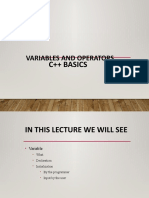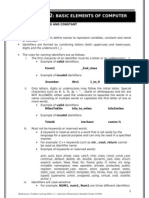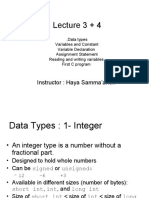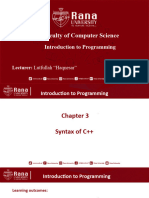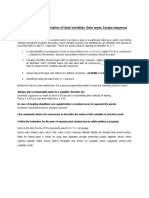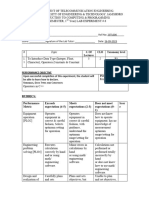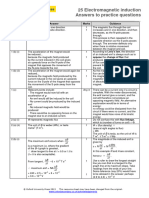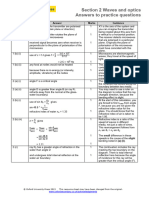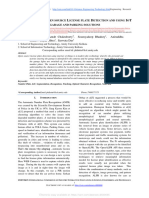0% found this document useful (0 votes)
32 views9 pages01 Creating Variables in C++
The document explains the concept of variables in C++, describing them as containers for data values that can be referenced by name. It details the rules for naming variables, the syntax for declaring them, and the five basic data types available in C++. Additionally, it provides programming examples and suggests exercises for practicing variable creation and usage.
Uploaded by
albinjensCopyright
© © All Rights Reserved
We take content rights seriously. If you suspect this is your content, claim it here.
Available Formats
Download as PPTX, PDF, TXT or read online on Scribd
0% found this document useful (0 votes)
32 views9 pages01 Creating Variables in C++
The document explains the concept of variables in C++, describing them as containers for data values that can be referenced by name. It details the rules for naming variables, the syntax for declaring them, and the five basic data types available in C++. Additionally, it provides programming examples and suggests exercises for practicing variable creation and usage.
Uploaded by
albinjensCopyright
© © All Rights Reserved
We take content rights seriously. If you suspect this is your content, claim it here.
Available Formats
Download as PPTX, PDF, TXT or read online on Scribd
/ 9















